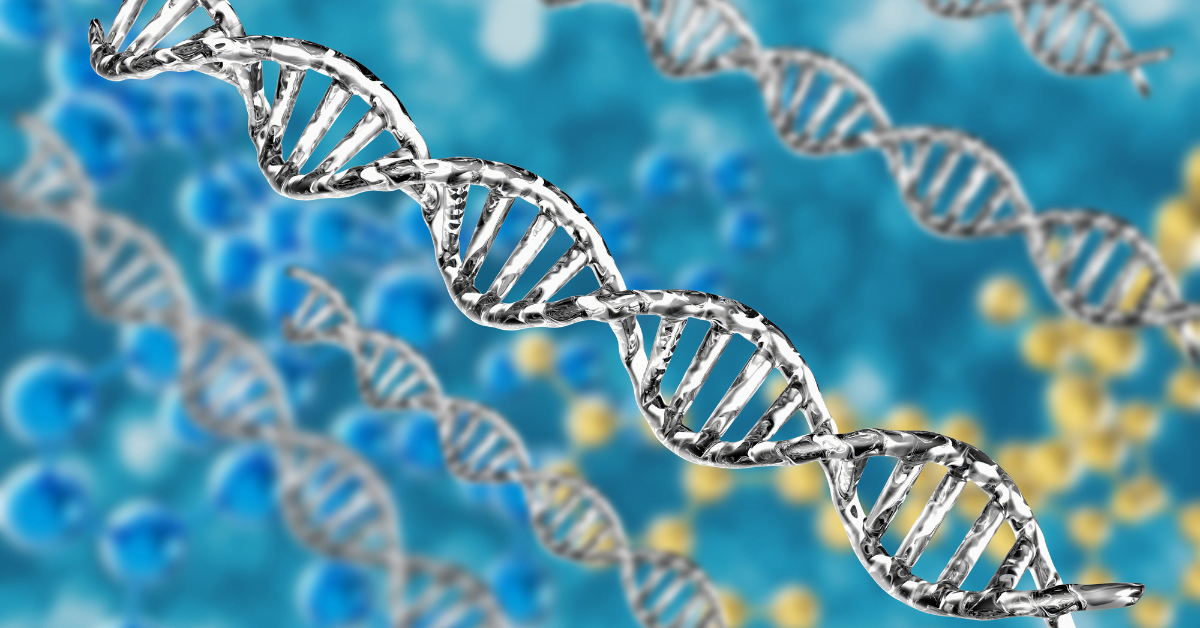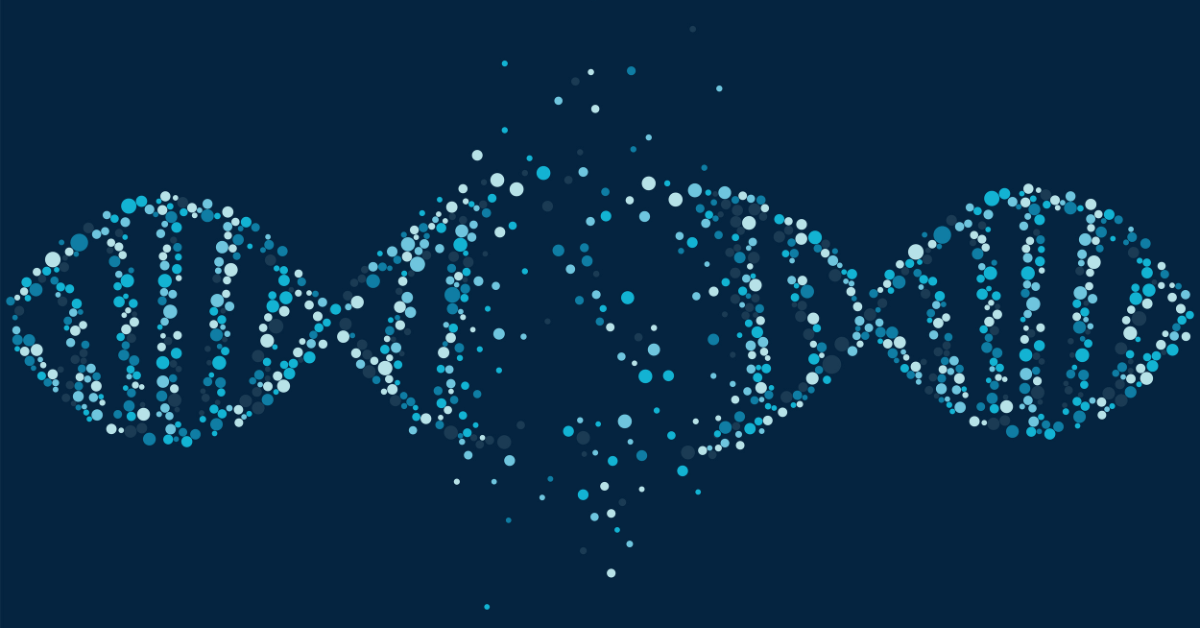Interpreting Mechanisms of Missense Mutations
Evolutionary processes in life naturally involve mutations. Mutations provide variety to the genetic code; many have little or no effect, but some can drastically change how proteins function and cause illness. Decoding Missense Mutation Mechanisms-Missense mutations are one of the most notable categories of genetic mutations due to their ability to slightly alter a protein’s function, sometimes with significant repercussions.
This guide will investigate missense mutations’ biological effects, their causes, and their applicability to human health and illness. Understanding the complexities of missense mutations is essential for improving genetic treatments, medical research, and our general understanding of biology.

1. An Overview of Mutations-Decoding Missense Mutation Mechanisms
The genetic code, which is a string of nucleotides that controls the shape and functionality of proteins, is the fundamental component of all living things. Mutations, which are genetic sequence modifications, can arise spontaneously from DNA replication or as a result of exposure to chemicals or radiation from the environment. We can categorize several types of mutations, such as insertions, deletions, duplications, and point mutations that affect a single nucleotide.
Genes can undergo silent mutations, which do not impact protein function, or substantial mutations, which result in notable alterations to an organism’s characteristics. Gaining an understanding of the mechanisms via which these mutations impact proteins is crucial to appreciating their significance in health, illness, and evolution.
2. What does a missense mutation entail?
A single nucleotide alteration in the DNA sequence changes the amino acid in a specific type of point mutation known as a missense mutation. Unlike nonsense mutations, which cut off part of the protein and add an early stop codon, missense mutations make a protein that is full-length but may not work the same way because of the change in amino acids.
A single base alteration, for instance, can affect the genetic information in the codon sequence. A mutation from the DNA sequence GAG, which codes for the amino acid glutamate, would result in a codon that codes for valine rather than glutamate. This small genetic mutation may cause significant structural and functional changes in the protein.
3. Missense Mutations’ Molecular Underpinnings
External damage to DNA, such as exposure to UV radiation or certain chemicals, can result in missense mutations during DNA replication. If DNA repair mechanisms fail to correct the mistake, the mutation propagates during cell division.
The process begins at the molecular level. Nucleotides, the building blocks of DNA, consist of a nitrogenous base, a phosphate group, and a sugar. The last factor determining the amino acid sequence of a protein is the arrangement of these nucleotides. Transcriptional replication replicates the DNA sequence into messenger RNA (mRNA), which subsequently undergoes translation into a protein.
A missense mutation changes one nucleotide, but because transcription and translation carry it out, the resultant protein may change one amino acid for another. This may result in structural changes to the protein, especially if the new amino acid differs from the original amino acid in terms of charge, size, or hydrophobicity.
4. The Function of Missense Mutations in Proteins-Decoding Missense Mutation Mechanisms
Made of lengthy chains of amino acids, proteins are intricate, three-dimensional structures. The precise form that each protein folds into depends on the particular amino acid sequence that makes up the protein. The amino acid sequence of proteins dictates their folding and molecular interactions.
Missense mutations, which substitute an amino acid with a different chemical makeup, can break these connections. A protein may misfold or cease to function, for instance, if a hydrophilic amino acid—which draws water—replaces a hydrophobic amino acid, which repels H₂O.
There are several ways for missense mutations to impact proteins:
Neutral Effect: Some missense mutations may have little-to-no effect on protein function. This might occur if the new amino acid is located in a part of the protein that is not essential to its function or if it is chemically identical to the original amino acid.
Loss of Function: Missense mutations frequently result in a loss of protein function. This occurs when the protein misfolds, becomes unstable, or is unable to interact properly with other molecules as a result of the mutation.
Function Gain: Missense mutations can sometimes provide novel functions or improve protein function. These mutations may cause aberrant protein activation, which may have advantageous or negative effects.
5. Missense Mutations in Human Diseases.
Missense mutations and genetic disorders frequently coexist. Because these mutations can change how proteins operate, they have the potential to disrupt regular biological processes and cause illness.
A prominent illustration is sickle cell anemia, a hereditary condition resulting from a missense mutation in the gene that codes for hemoglobin’s beta-globin chain. The mutation causes a single amino acid substitution—valine for glutamate—which causes aberrant hemoglobin to harden into formations inside red blood cells. Because these malformed cells are unable to flow through blood channels, they cause severe blockages, anemia, and organ damage.
Another example is cystic fibrosis, which results from CFTR gene mutations. Missense mutations can also make the CFTR protein not work properly, which can affect how salt and water are controlled in organs like the lungs and pancreas. However, deletion mutations are more common.
Missense mutations also influence cancer. Uncontrolled cell development, for example, can result from mutations in the TP53 tumor suppressor gene, which help regulate cell division and death. Many missense mutations in TP53 produce a defective protein that is unable to successfully stop the development of tumors.

6. The Evolution of Biology Through Missense Mutations
In truth, missense mutations are what propel evolution forward and are not necessarily detrimental. Genetic variety is essential for evolution, and missense mutations can impart novel features that, in some situations, offer a survival benefit.
For instance, lactase persistence, or the capacity of certain people to break down lactose, the sugar found in milk, is caused by a genetic mutation that keeps the lactase enzyme active into infancy. Because it conferred a nutritional benefit, this mutation spread among communities that depended on dairy farming.
From an evolutionary perspective, missense mutations add to the diversity of proteins and their roles. Eventually, selection favors beneficial mutations, leading to the emergence of new species and adaptations.
7. Methods for Investigating Missense Mutations
Contemporary technologies have transformed the research of missense mutations. With the use of next-generation sequencing (NGS), researchers can quickly read complete genomes and detect mutations with a level of precision and speed never before possible. This has led to the discovery of novel disease-causing mutations and the acquisition of information on genetic diversity among populations.
A potent method for researching missense mutations is CRISPR-Cas9 gene editing. Researchers can investigate the effects of certain mutations on cellular processes and protein function by introducing these mutations into model animals or cell lines. Additionally, CRISPR technology can correct human missense mutations, potentially leading to the treatment of genetic illnesses.
Predicting the effects of missense mutations on protein structure and function is a critical function of bioinformatics in the study of missense mutations. Computational techniques can model protein folding, stability, and interaction effects of mutations, and analyze amino acid characteristics.
8. The Use of Missense Mutations in Therapeutic Research
Understanding and manipulating missense mutations is opening new paths for the development of therapeutics. Finding missense mutations that contribute to illness is a common step in personalized medicine, which adjusts treatment depending on a patient’s genetic composition. We can create targeted medicines to compensate for or rectify these mutations.
For example, scientists developed ivacaftor, a medication, to treat cystic fibrosis by boosting the activity of specific CFTR protein mutations. Patients who had no hope before now have fresh hope because of this precision medicine approach, which is transforming the treatment of genetic illnesses.
Another exciting area of research is gene therapy, which tries to replace or fix damaged genes. Methods like CRISPR may one day correct missense mutations at their source, potentially leading to the molecular treatment of hereditary illnesses.
9. Final Thought: The Significance of Missense Mutations in Contemporary Science
Among the most significant and intriguing types of genetic diversity are missense mutations. Simple changes in protein function can have a variety of effects, ranging from advantageous adaptations to debilitating illnesses. Understanding the processes underlying missense mutations is crucial for a variety of domains, including evolutionary biology, genetics, and medicine.
Developments in bioinformatics, genetics, and medicinal development have provided new insights into the functioning of missense mutations. These insights hold promise for future studies and therapy approaches. Deeper understanding of the basic mechanisms underlying life, evolution, and illness will become possible as we work to unravel the riddles of missense mutations.
FAQ:
What is a missense mutation?
A missense mutation is a type of genetic mutation where a single nucleotide change results in the substitution of one amino acid for another in the protein sequence. This can alter the protein’s structure and function, potentially leading to various diseases or disorders
What causes missense mutations?
Missense mutations can happen when DNA repair systems do not work right, when chemicals or radiation damage DNA, or when mistakes happen by accident during DNA replication. These mutations arise from changes in a nucleotide base that affect the codon and so produce a new amino acid incorporated into the protein.
How do missense mutations affect protein function?
The effect of a missense mutation on protein function depends on the location and nature of the amino acid substitution. It can lead to a range of outcomes, from no significant impact to severe disruption of protein function.
Which may result in diseases such as sickle cell anemia or cystic fibrosis



